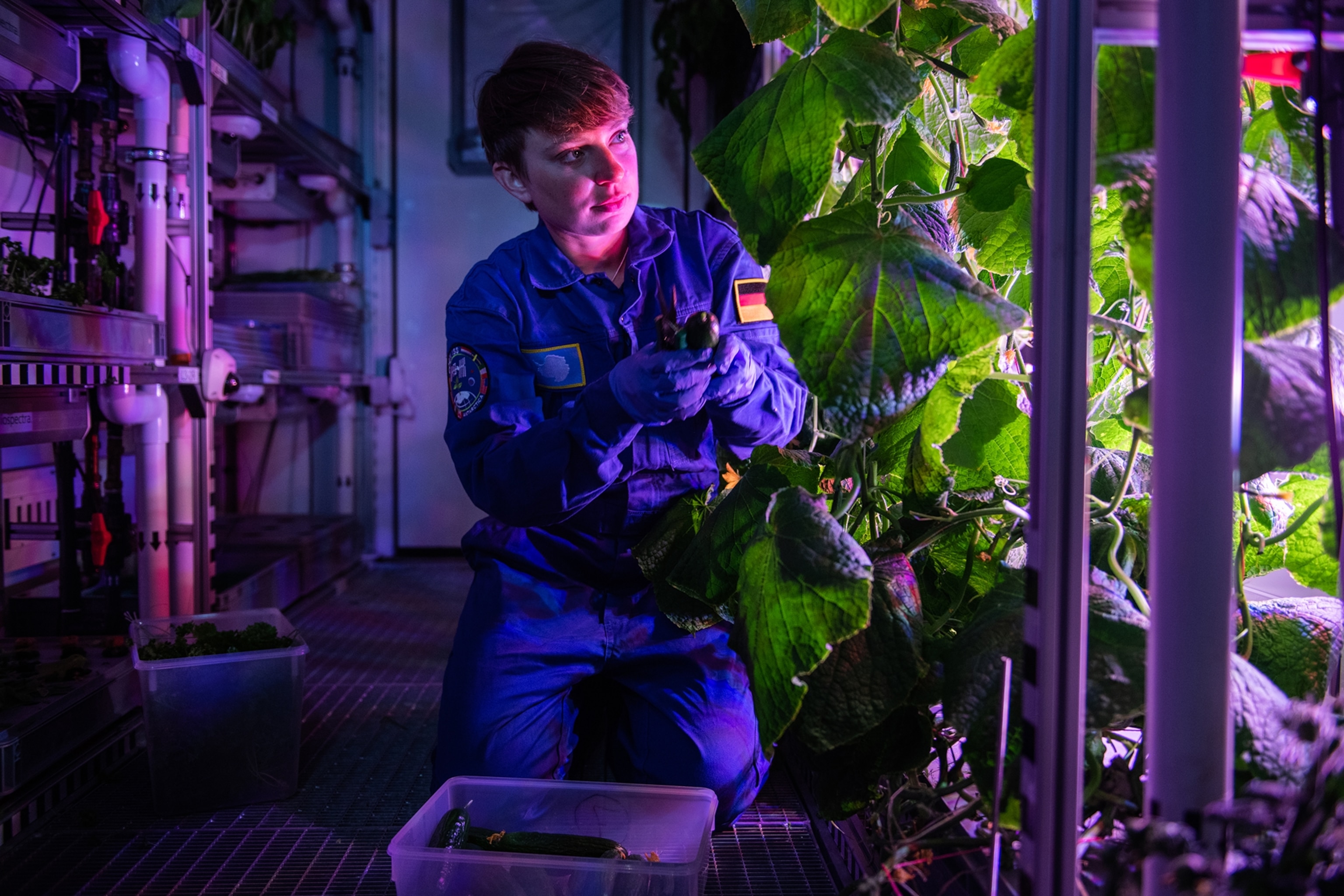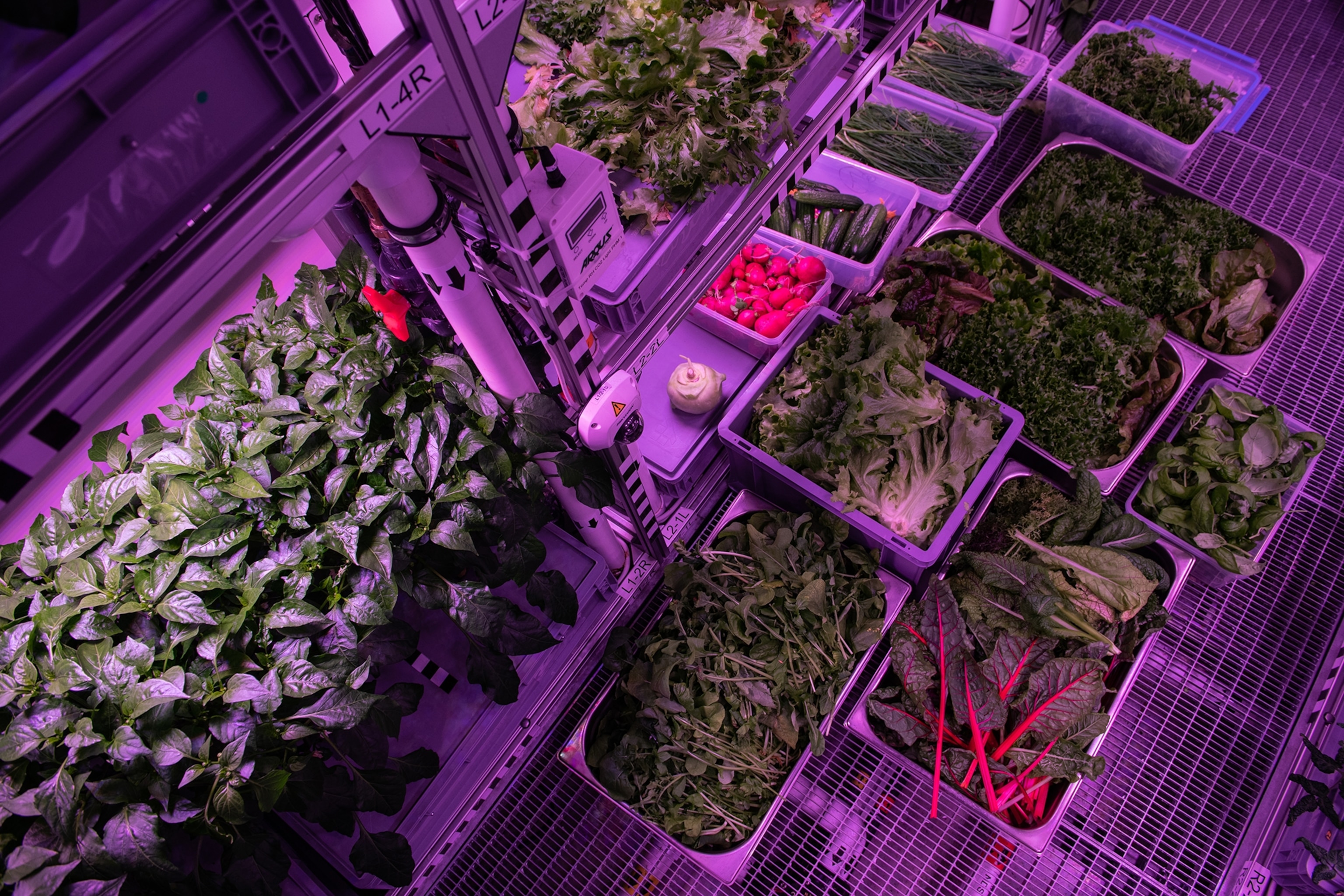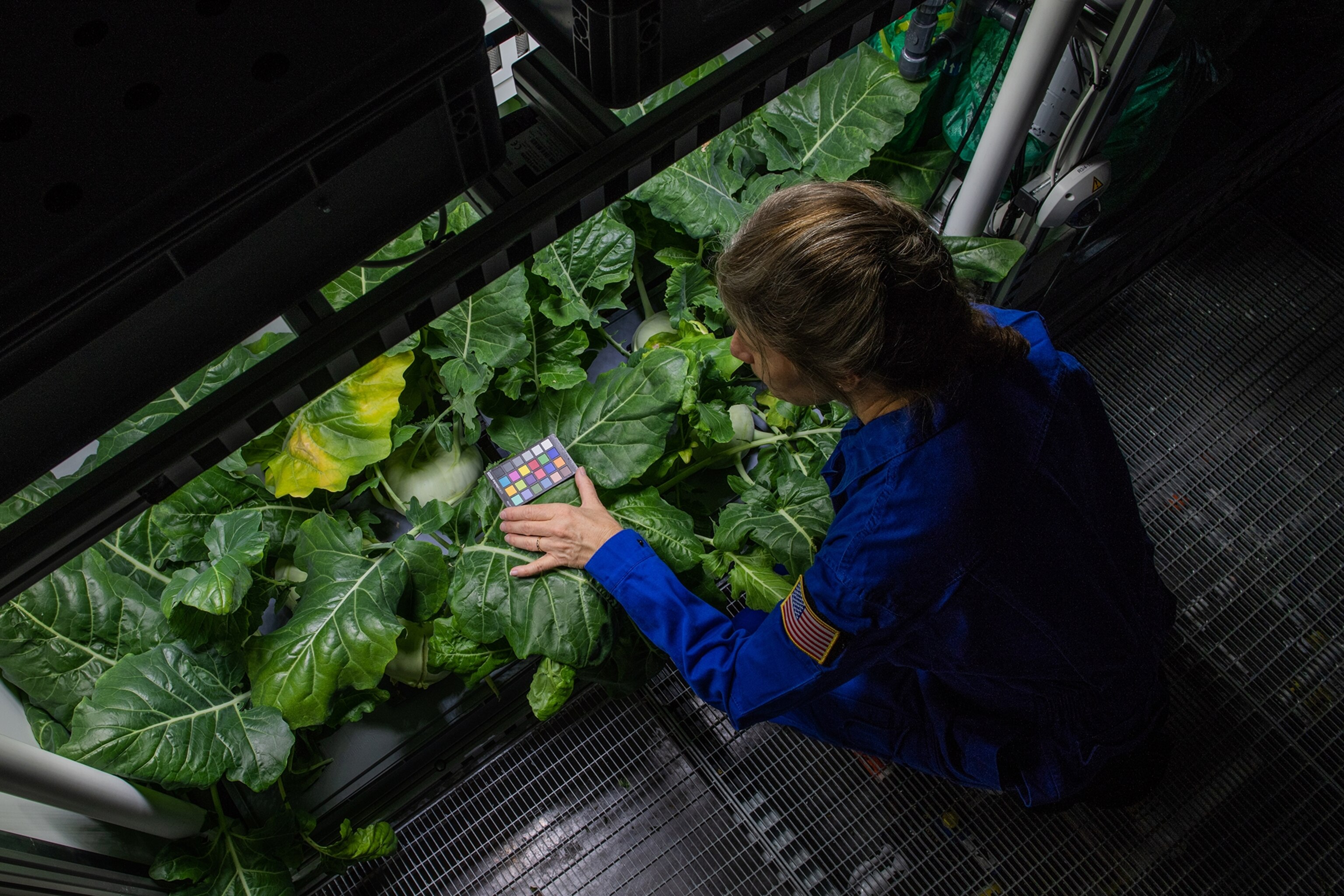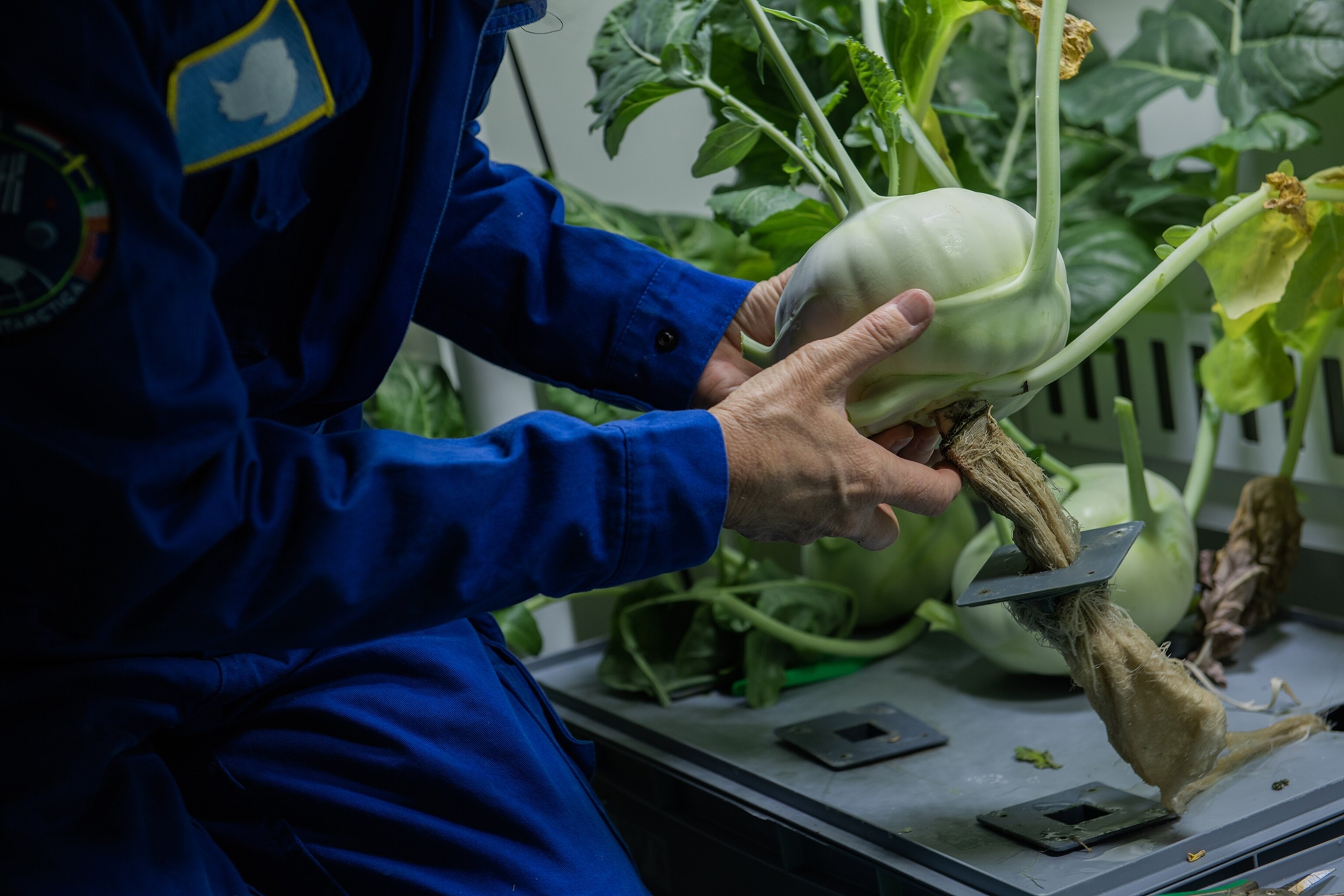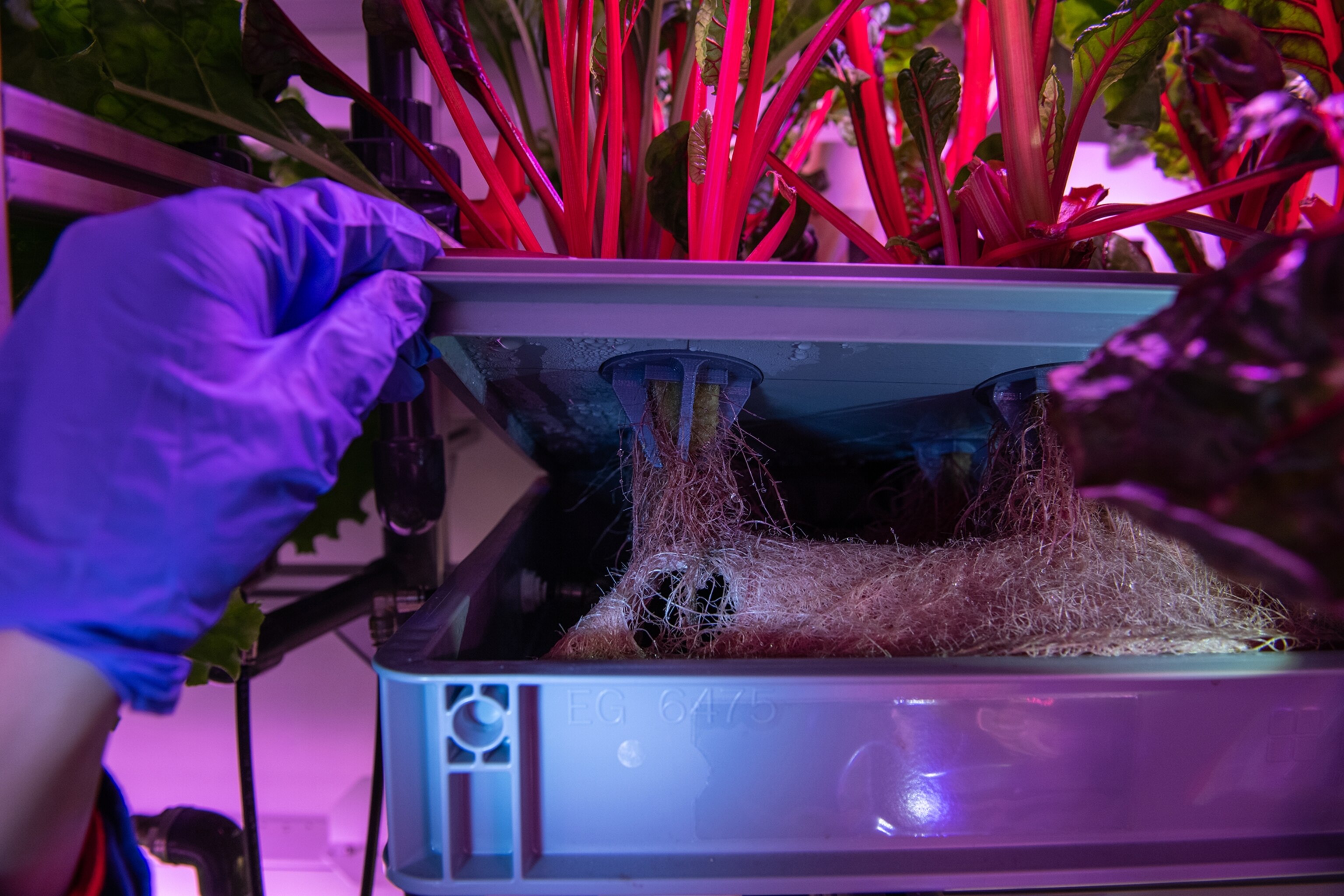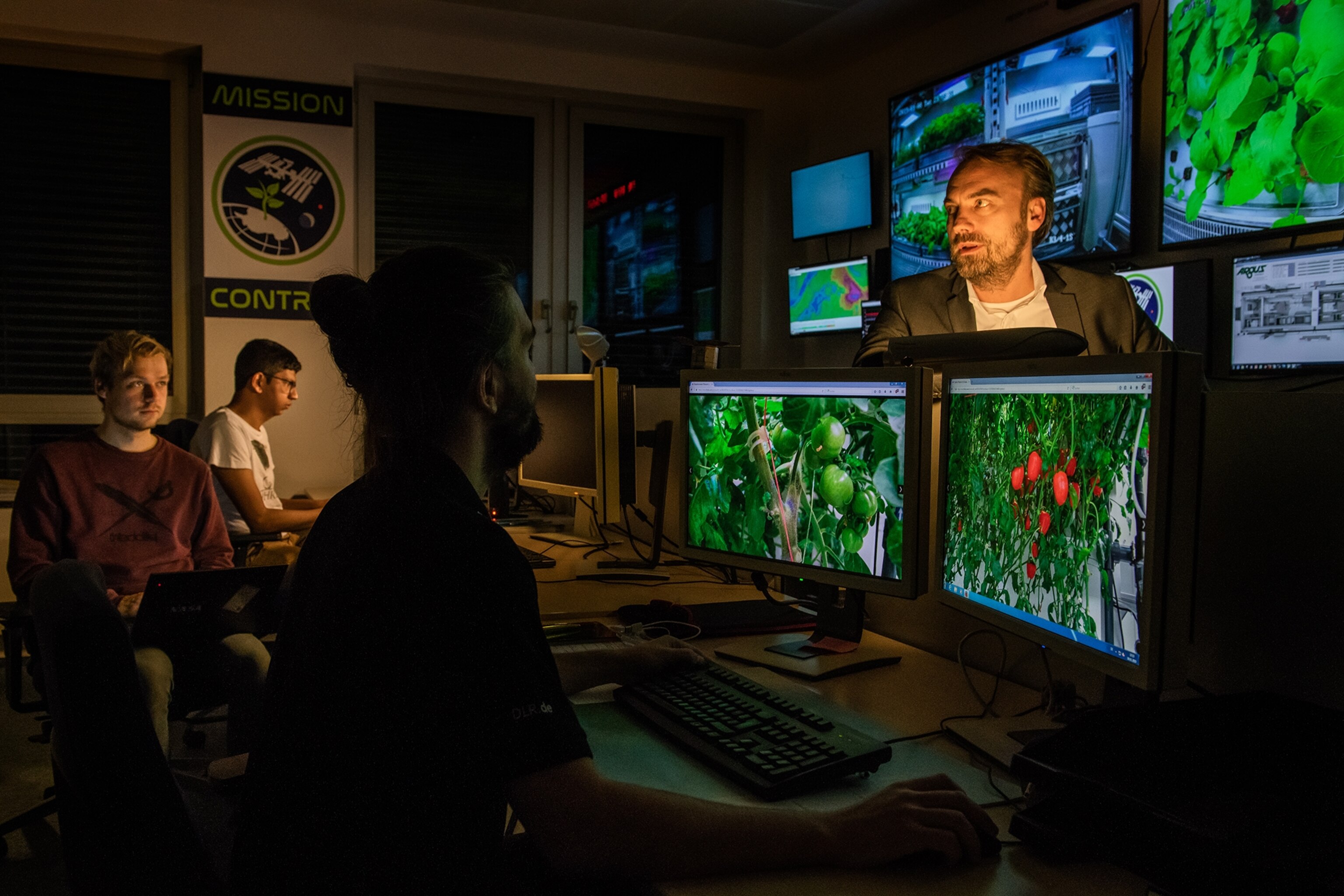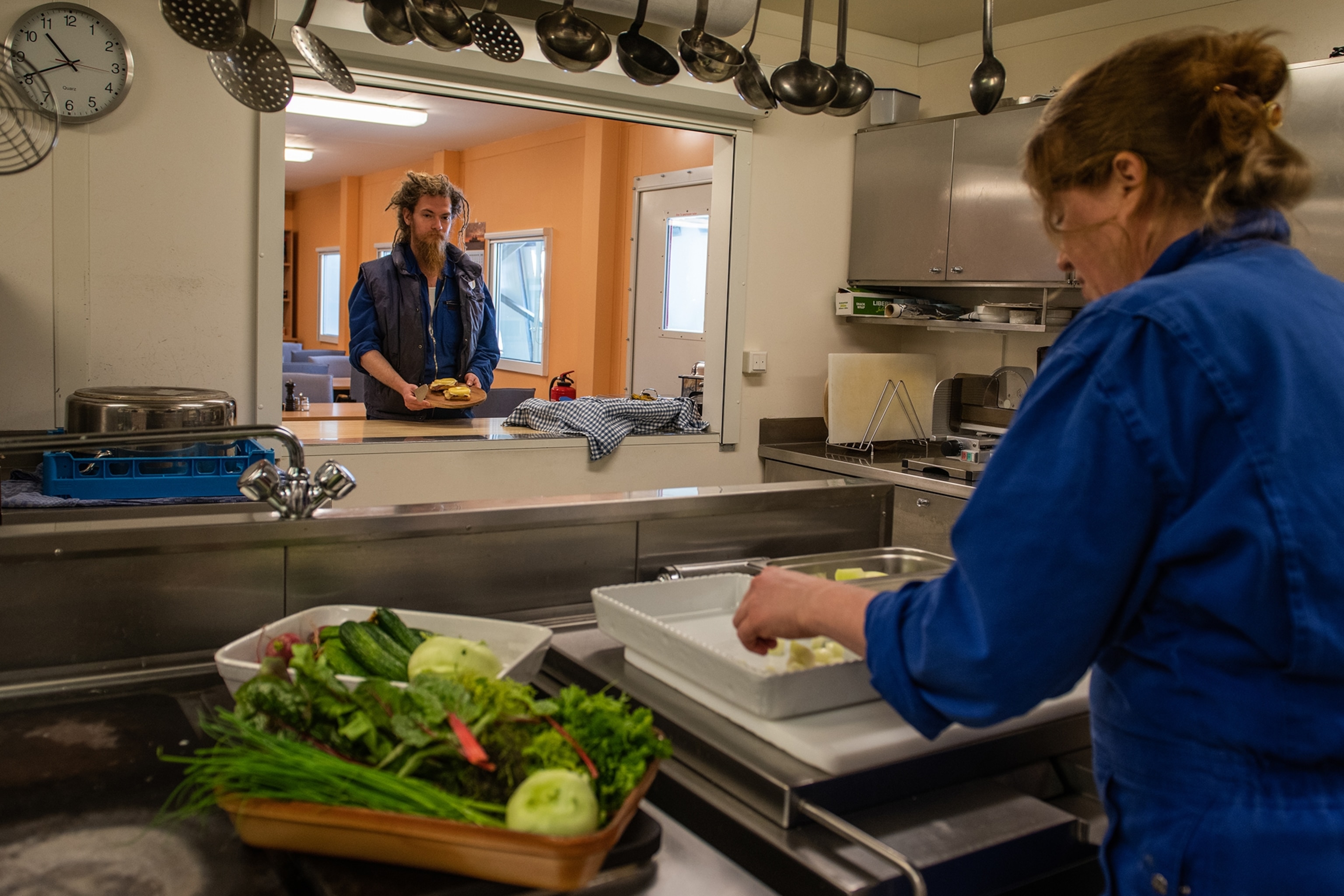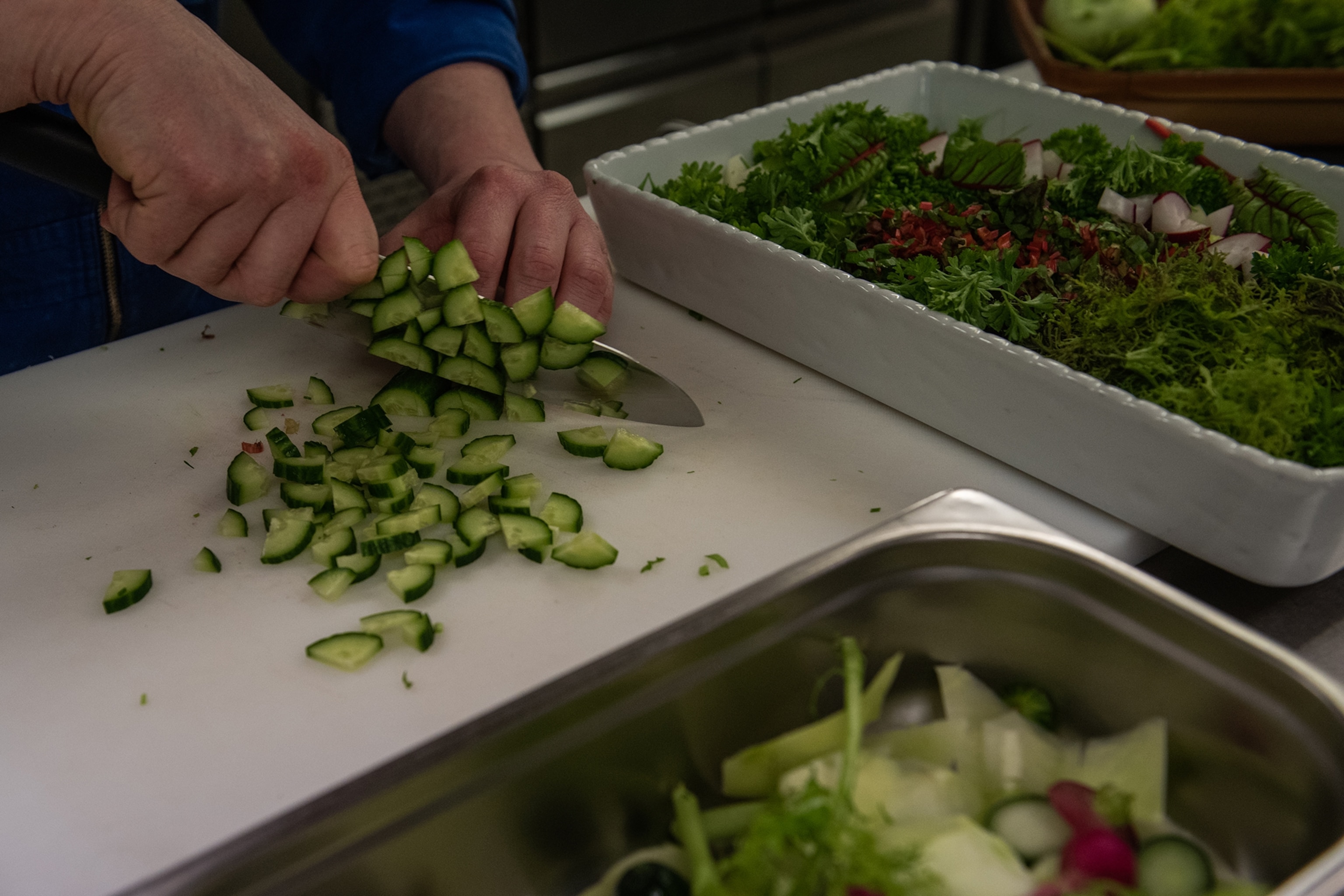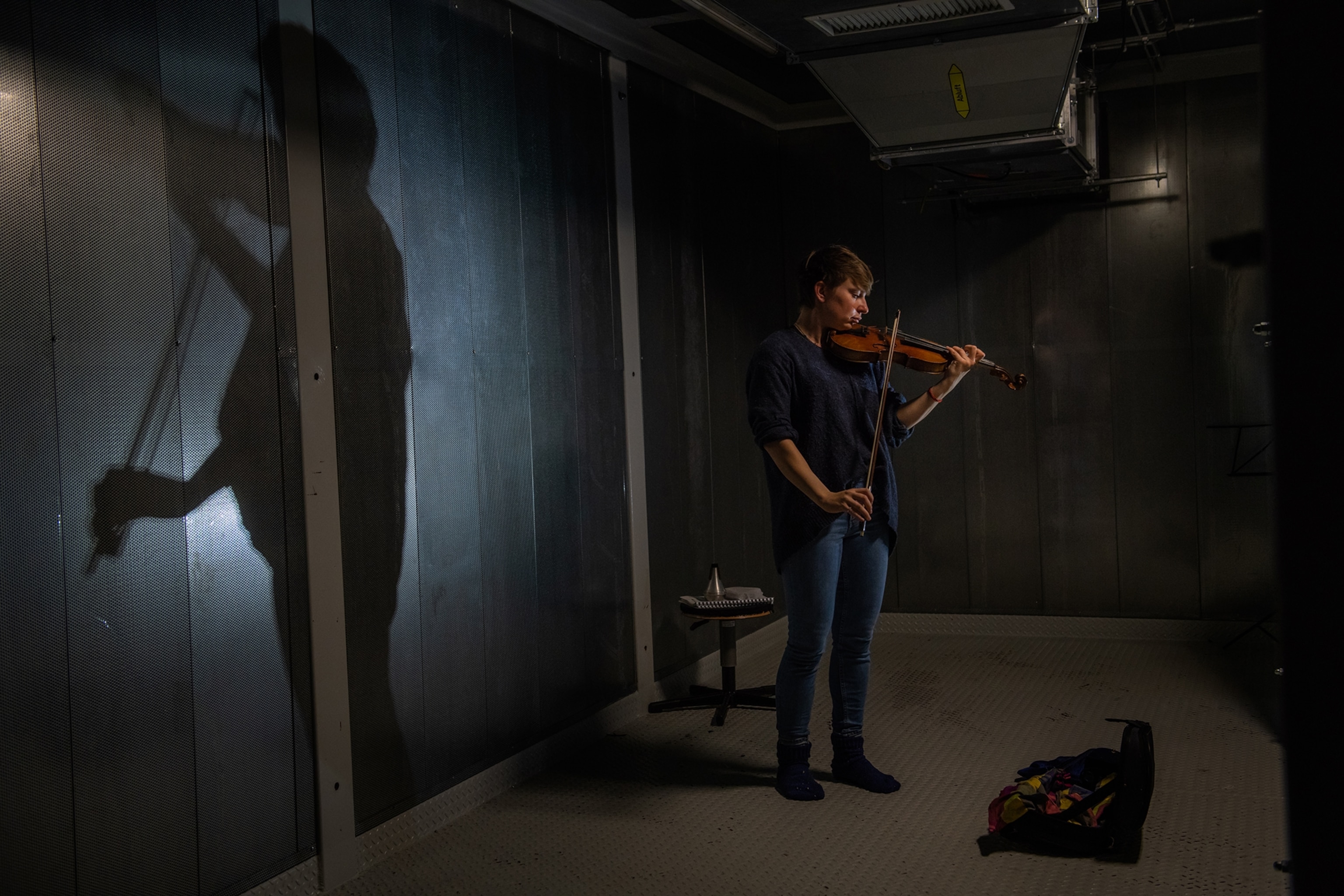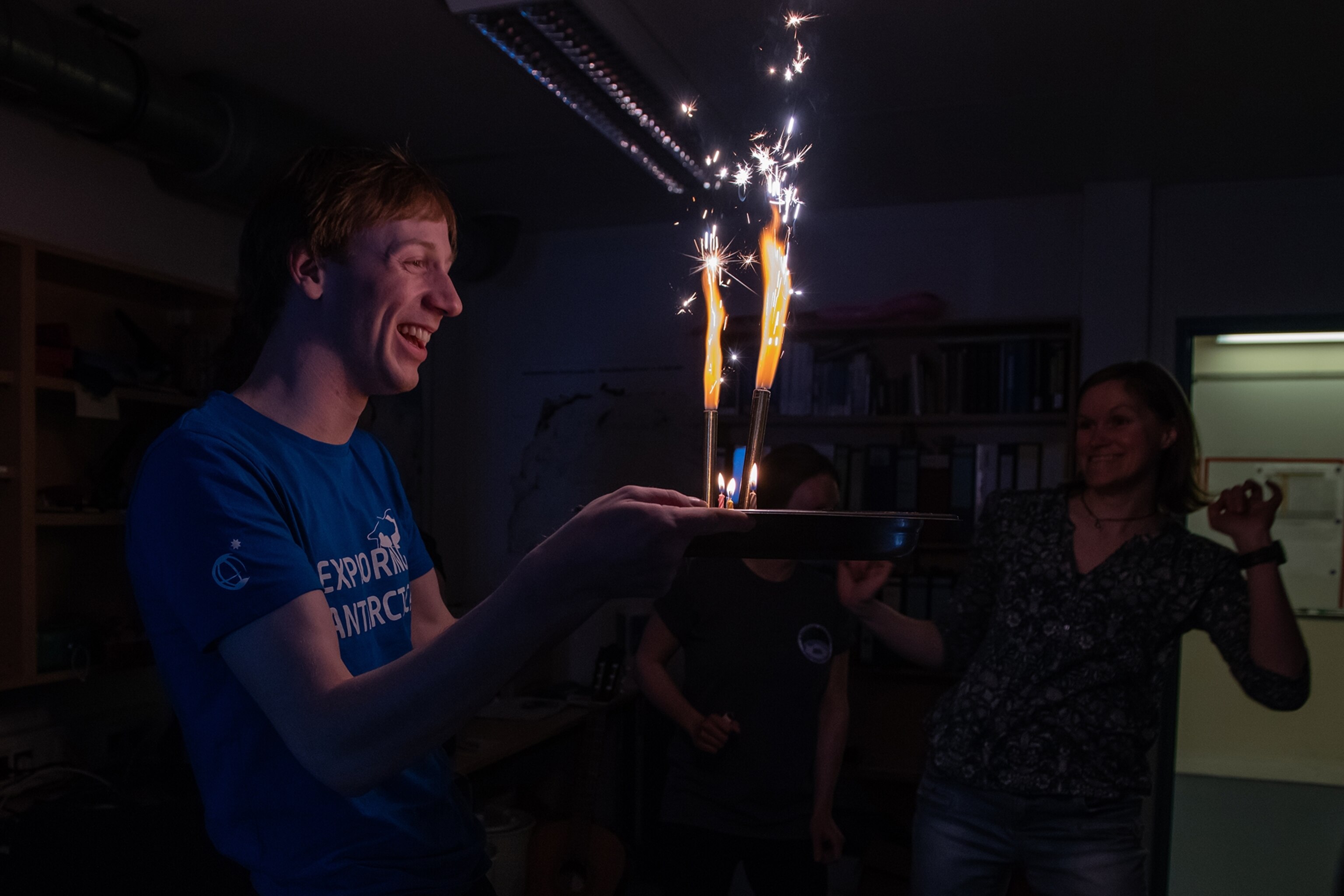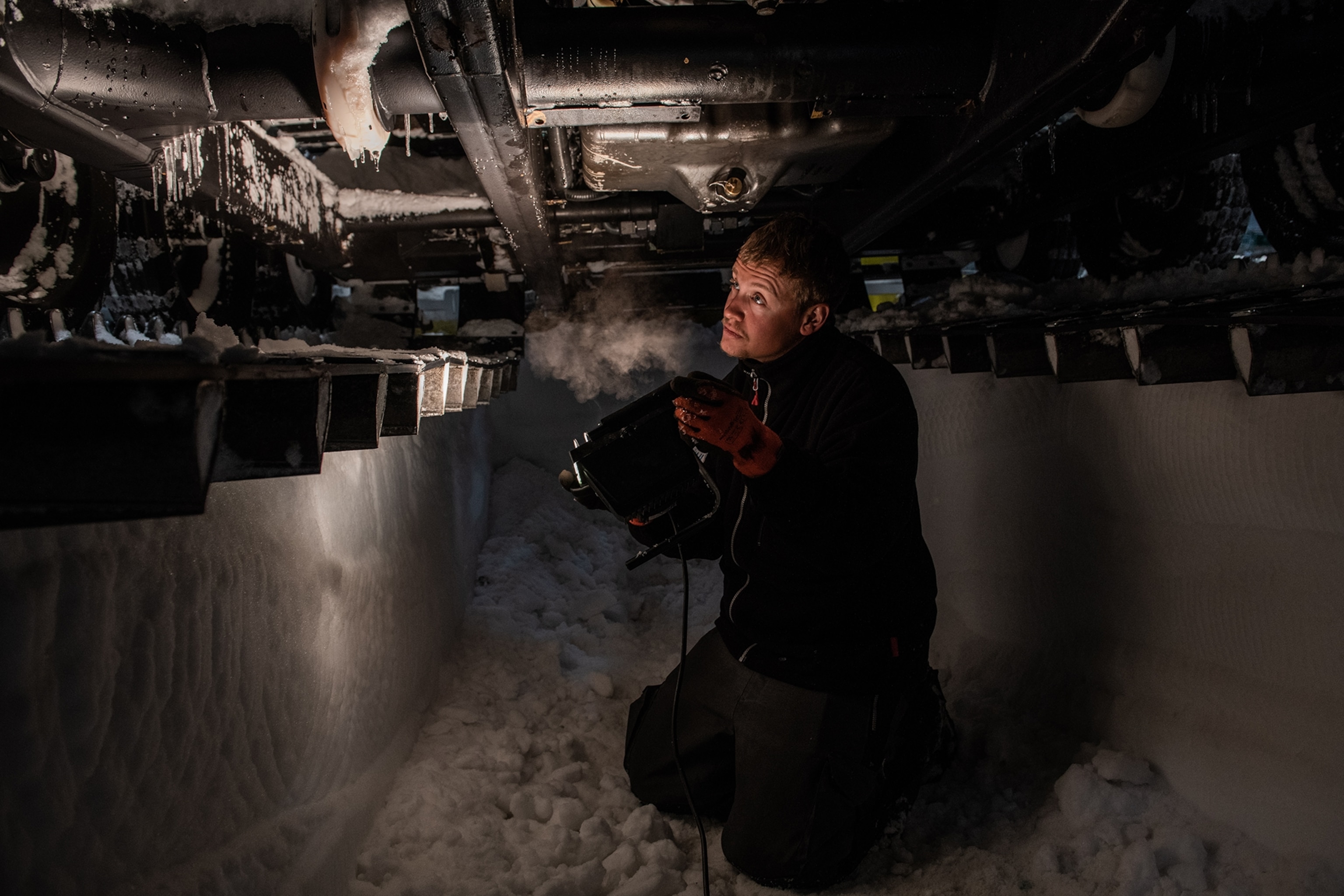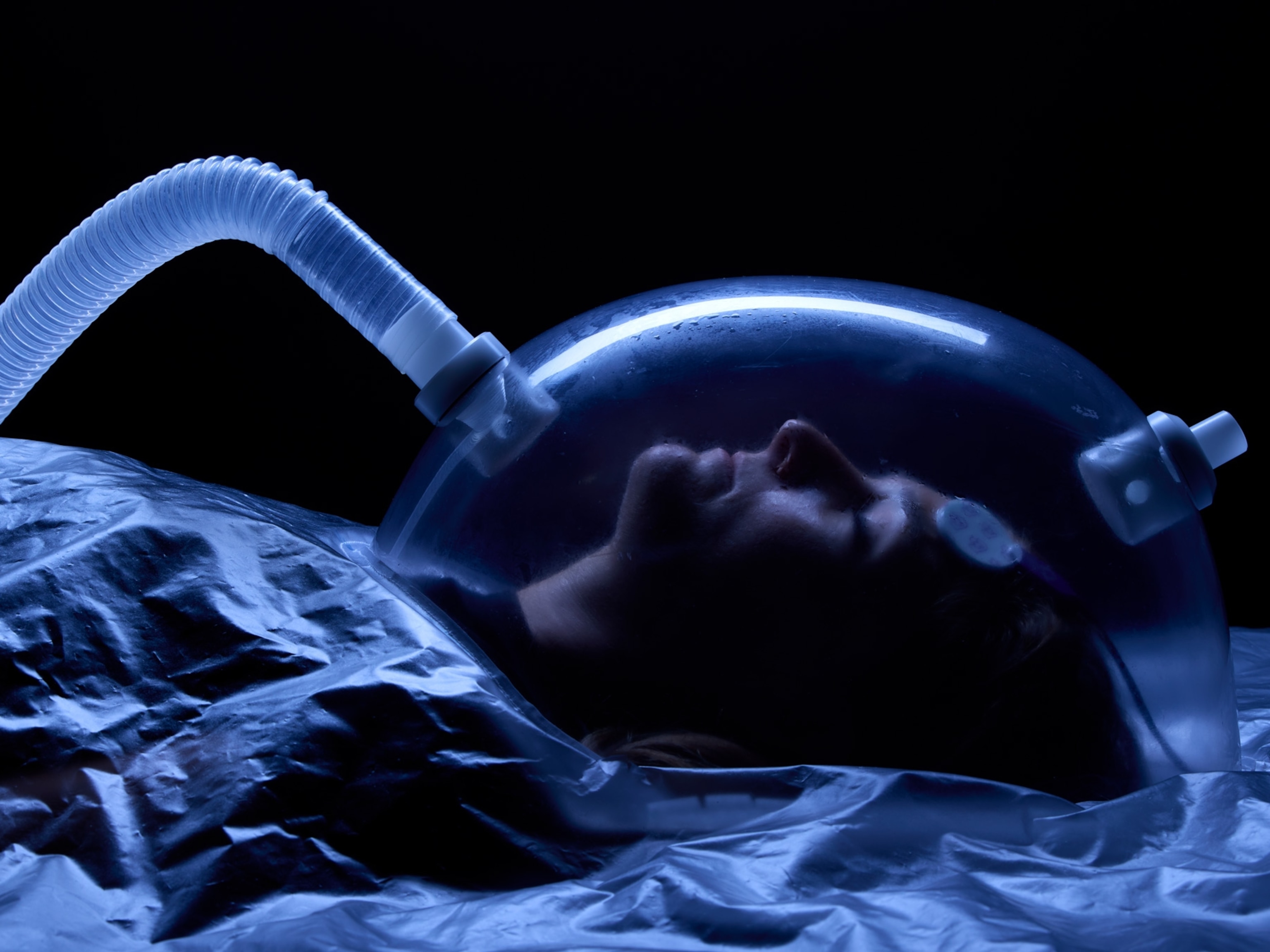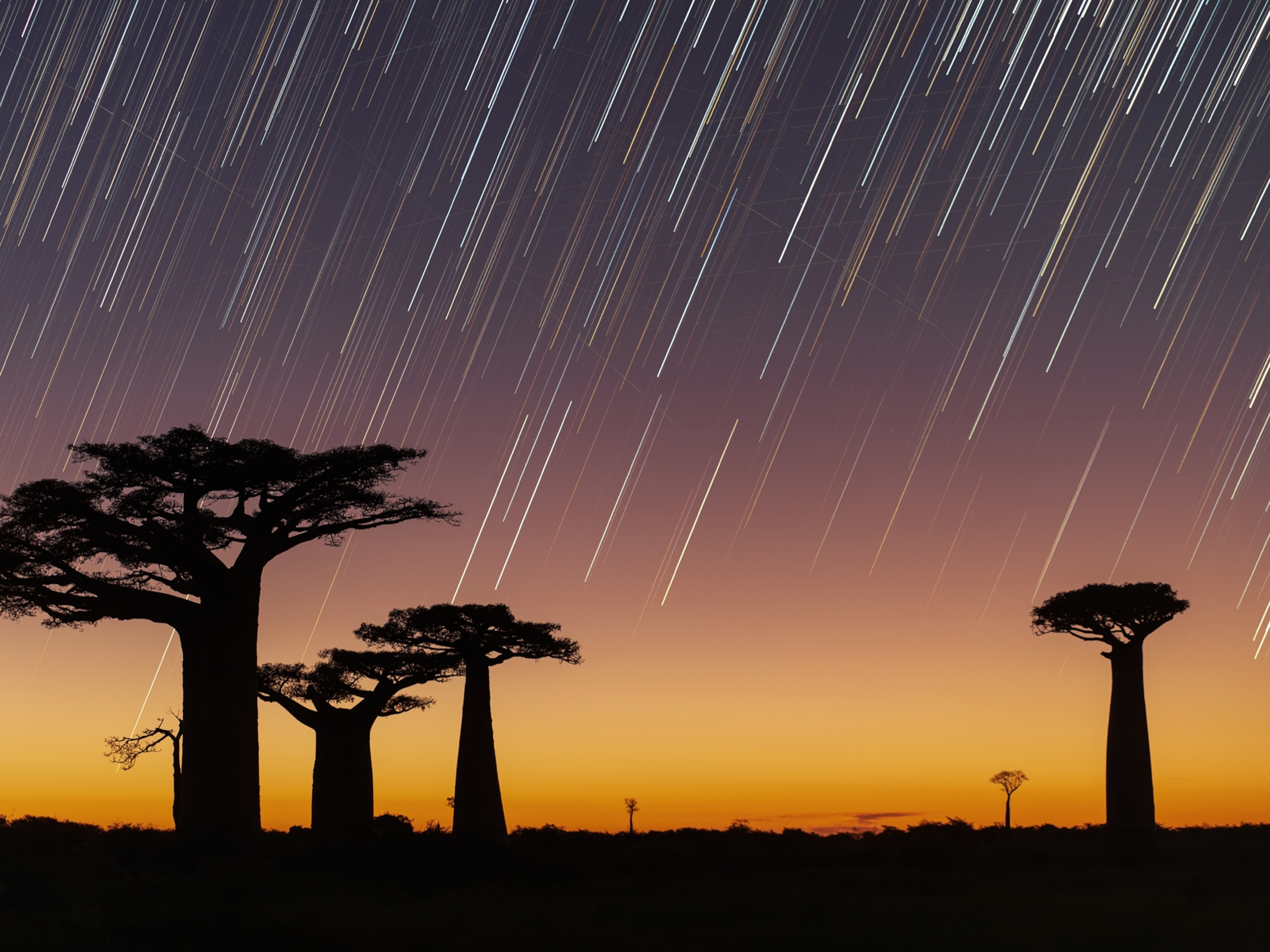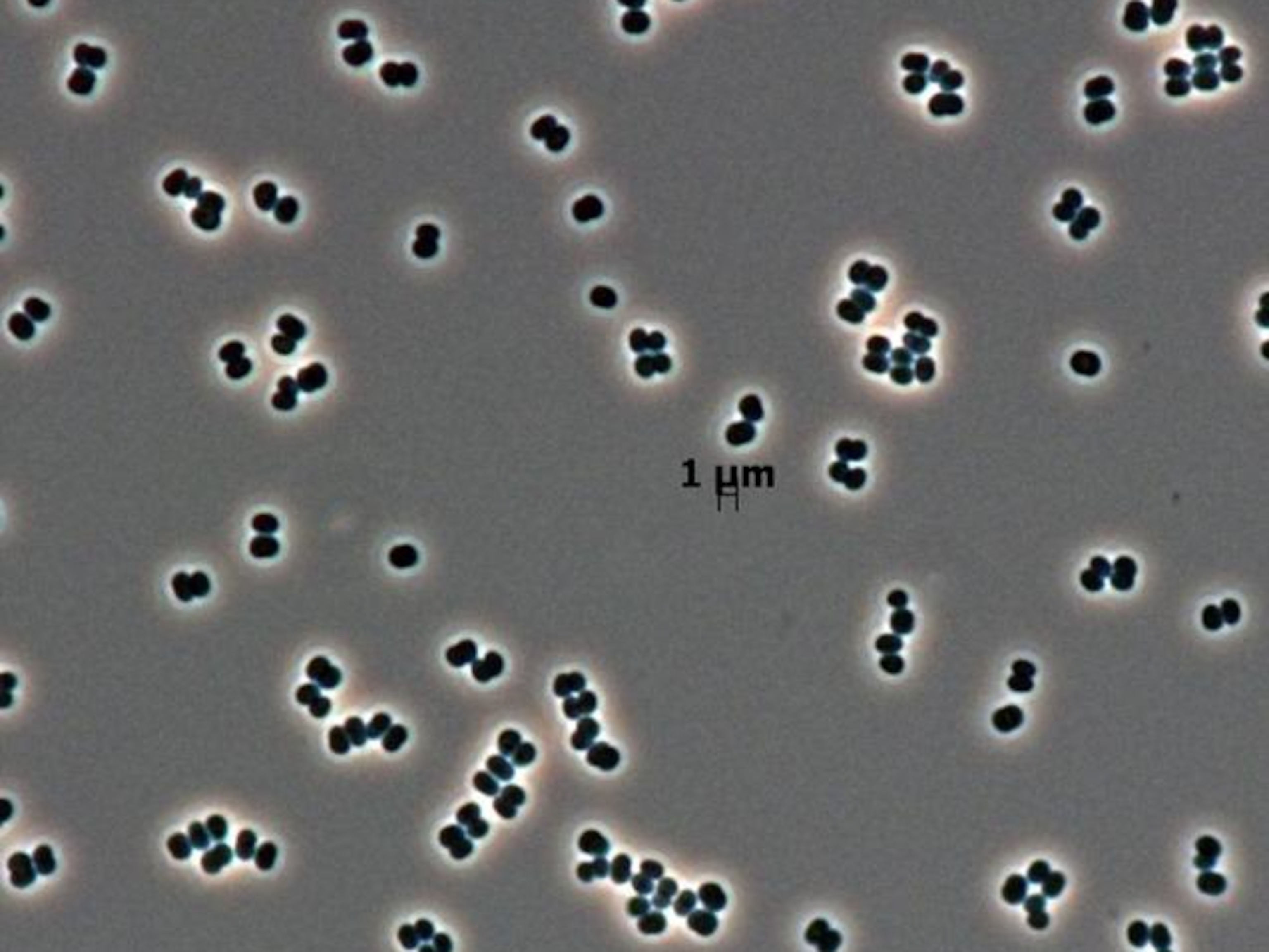A land of unrelenting wind and ice, Antarctica is about as far from verdant as any place can get. Yet cucumbers are growing on the continent’s coast. Next to them, bunches of leafy swiss chard, fresh herbs, and peppery arugula thrive.
These greenhouse vegetables are the stars of one of several scientific projects underway at Neumayer Station III, the third iteration of a German research facility run by the polar science-focused Alfred Wegener Institute. The greenhouse’s primary purpose is pretty lofty: It’s a laboratory for studying how to grow food in outer space. Specifically, the researchers working there want to know whether astronauts can make fresh produce part of their diets if humans finally make it to Mars.

Aside from the International Space Station (ISS), Neumayer may be one of the best places to investigate this issue. Located on the east coast of the Weddell Sea, on Antarctica’s Ekström Ice Shelf, the facility is reachable only by plane or icebreaker and only during the Antarctic summer, weather permitting. (Find out what Antarctica's calving glaciers look like.)
“It’s the closest place to space on Earth,” says photographer Esther Horvath, who spent nine days at the station in January. Neumayer is unlike other polar research stations because it is the only one that functions year-round on an ice shelf. Just nine crew members live there at a time, and they do much of their work in one big building, which is also equipped with a small basketball court, a big screen television, and other amenities for downtime.
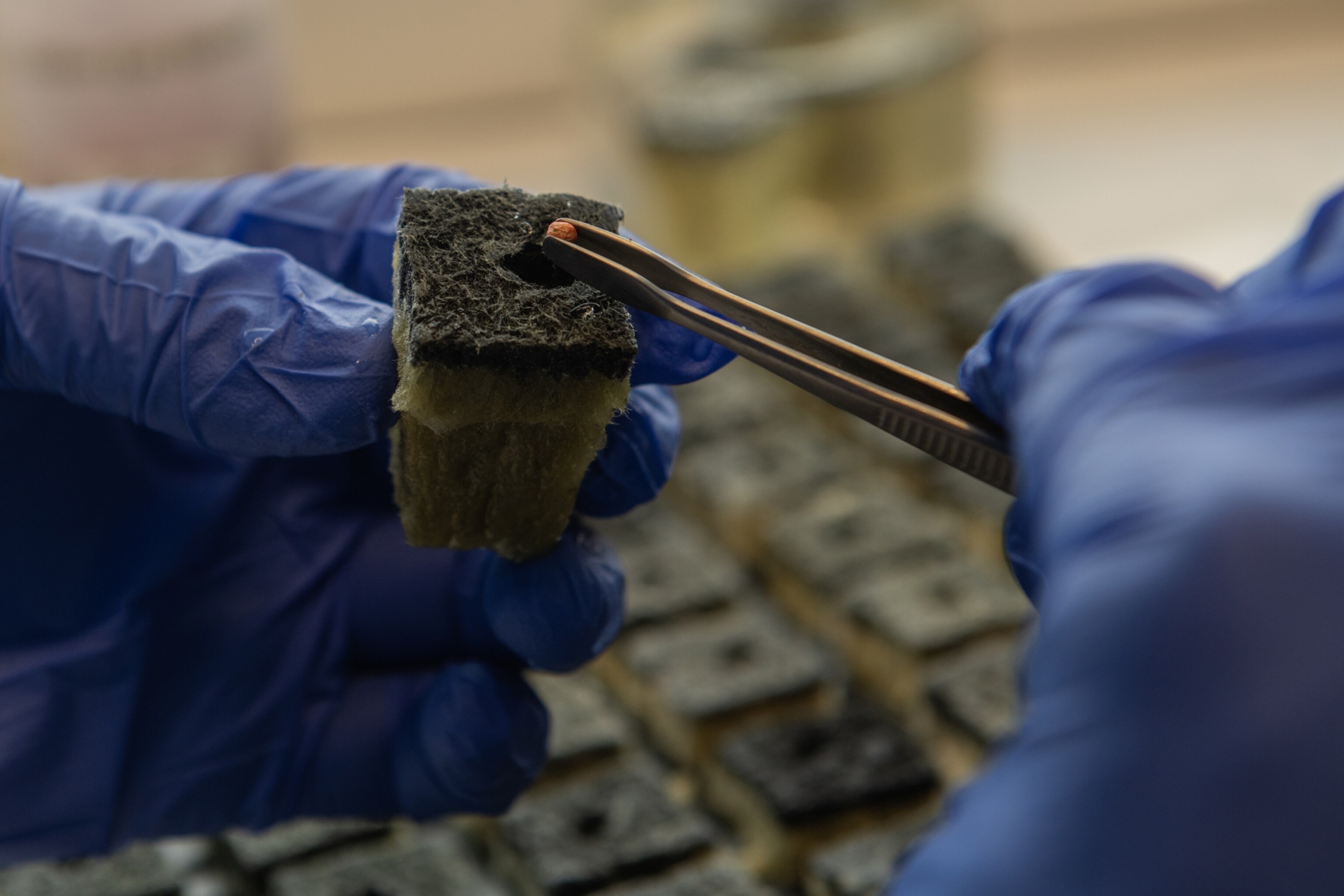
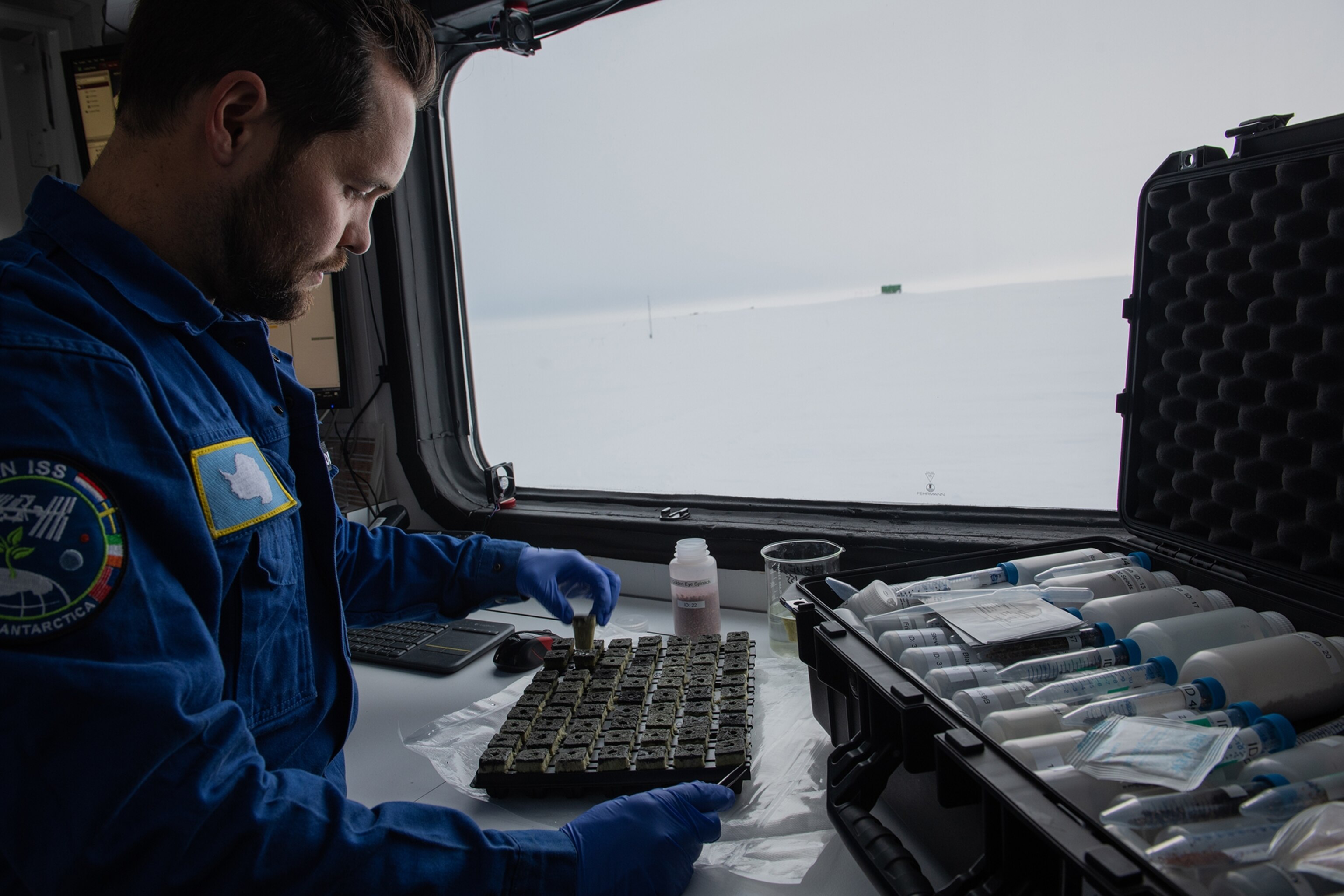
“Basically, you could live an entire year in the station without leaving the building,” Horvath says. A rotation lasts 14 months, and during that time there is only one food delivery. Civilian visitors are not allowed. Given the remoteness of the location, it’s imperative that one of the team members be both a medical doctor and a surgeon. (See inside one of the world's northernmost science labs.)
Similar to life on the ISS, being at Neumayer means living and working in close quarters with a set group of people in an unforgiving landscape. Any trips outside require careful planning. And, Horvath says, “if anything [bad] happens, nobody can get there.”
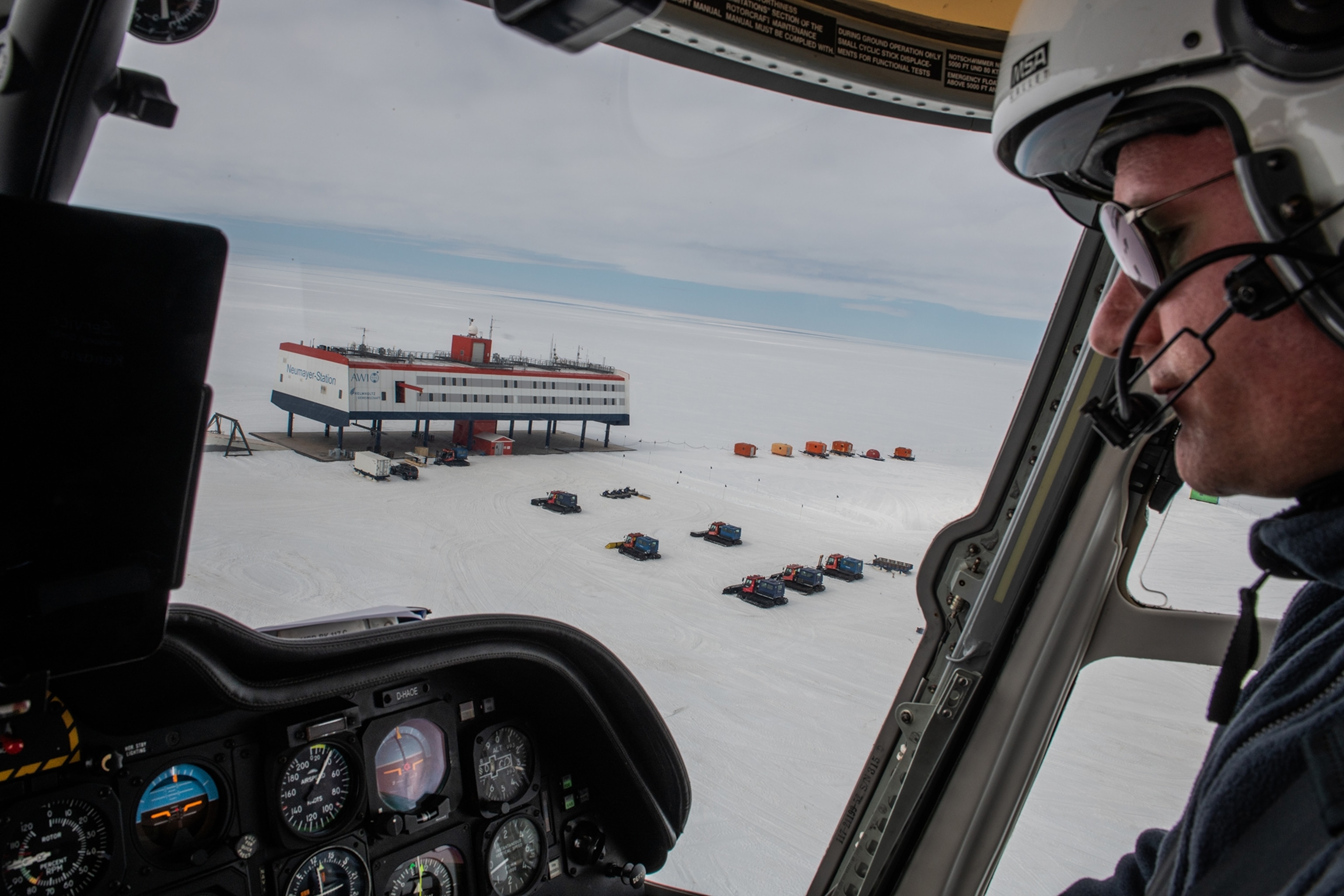
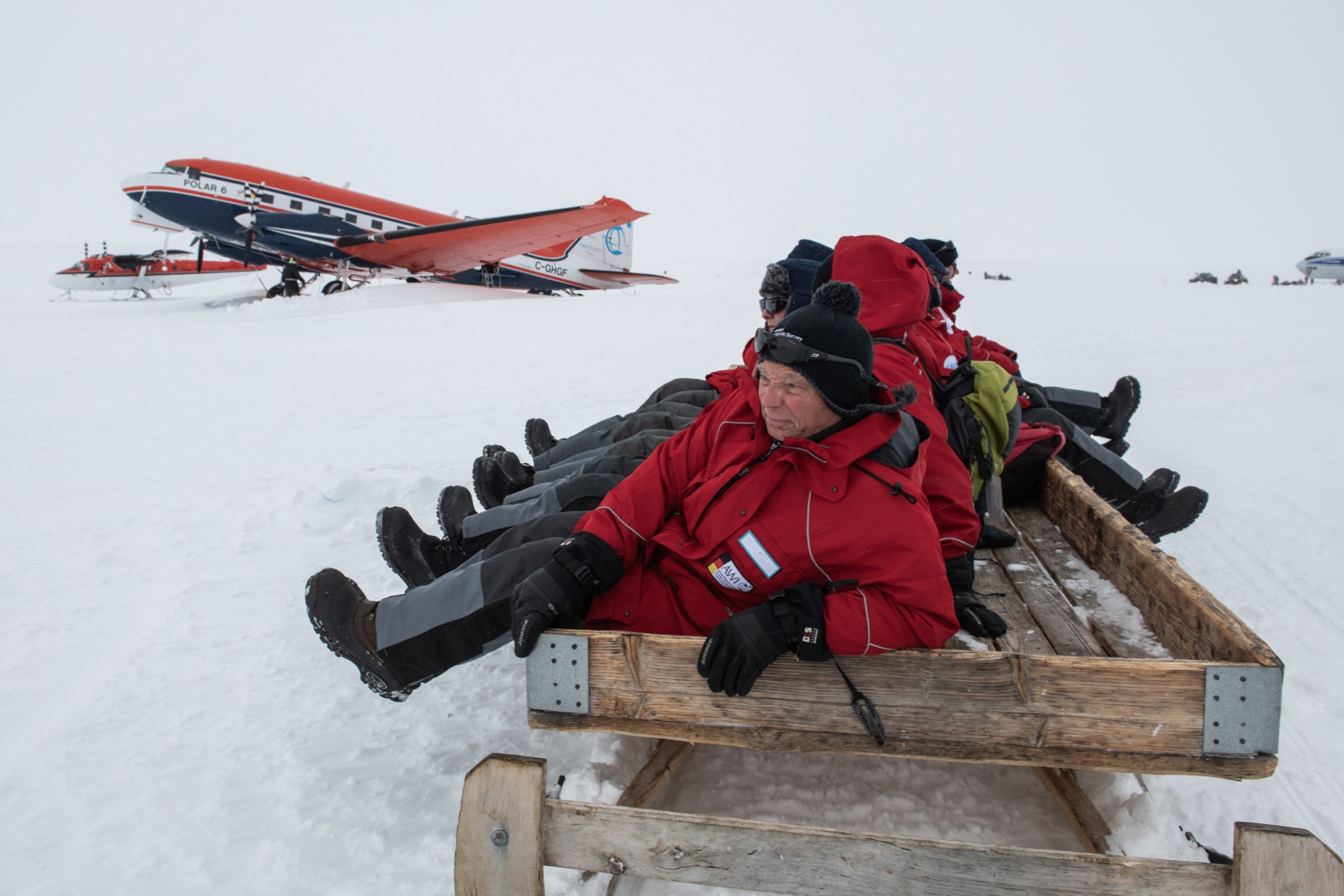
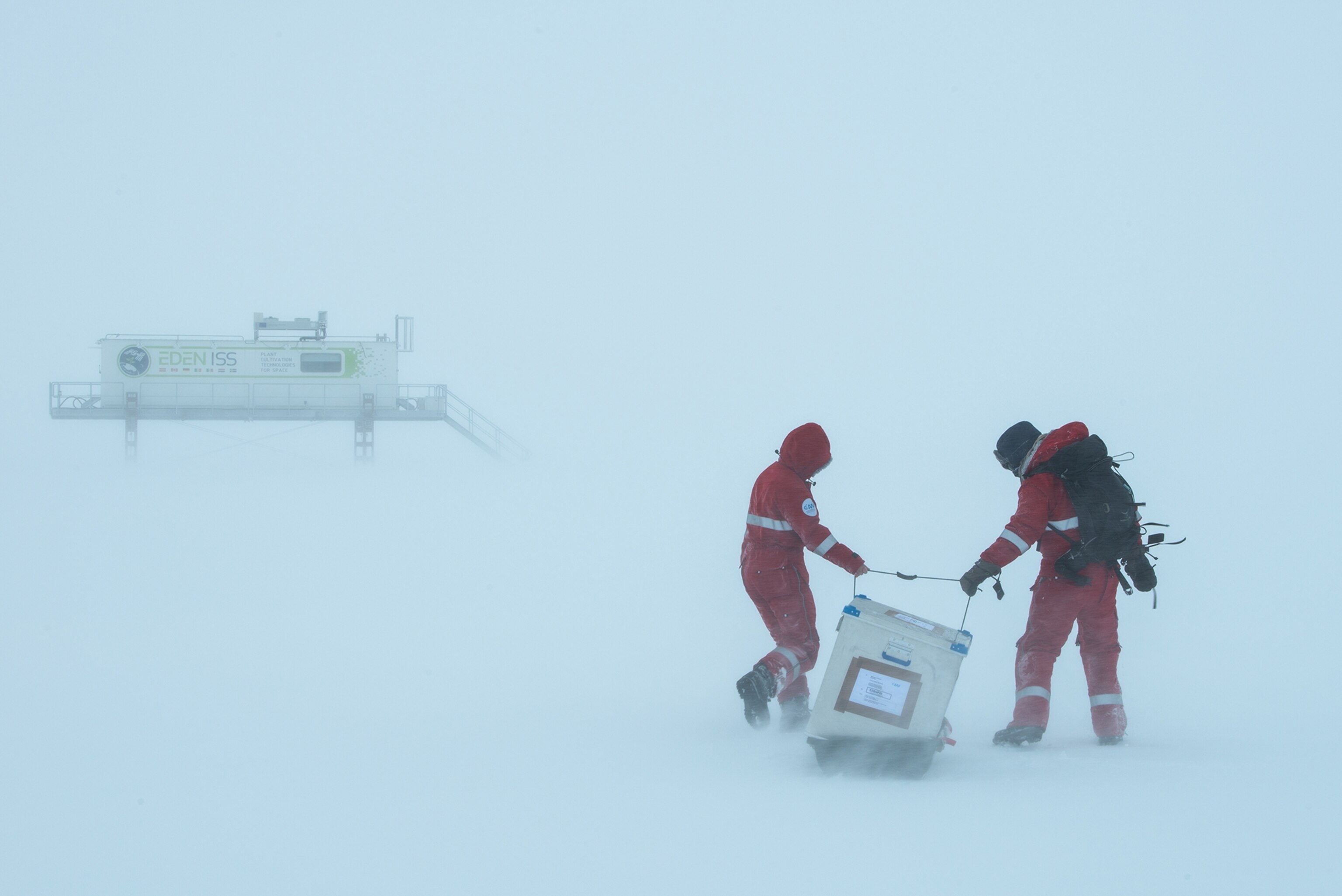
That makes the greenhouse a bit of a beacon. It sits 1,200 feet from the main building where the scientists live and work. Assuming conditions aren’t too harsh, anyone can walk there and get a welcome dose of green amid all the gray and white.
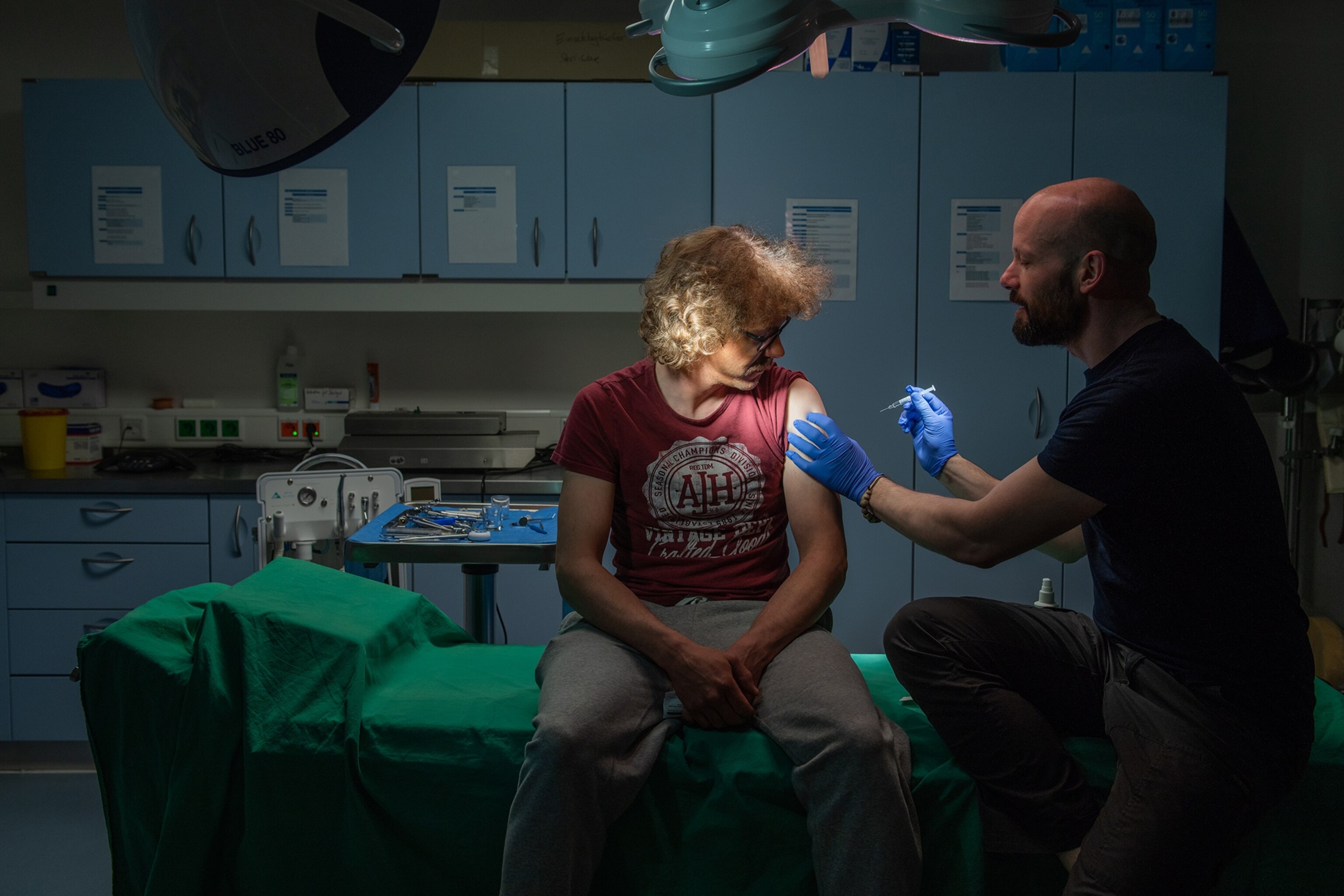
“The other interesting thing is that you don’t smell anything in Antarctica, but then you come into the greenhouse and you smell tomatoes, peppers, cucumber, vegetables,” Horvath says. “It is something very calming and recharging.”
Psychological advantages aside, the greenhouse is already showing researchers how plants might thrive in deep space.
One intriguing challenge they’ve overcome is how to tend the garden remotely. Everything is grown aeroponically, which means the plants are suspended and the roots are exposed to air below. Nutrients are delivered via a sprayed solution rather than soil. This spraying—along with temperature control, lighting, and carbon dioxide adjustments—is operated from a mission control center at the German Aerospace Center in Bremen, Germany.
So far, the system works beautifully. And based on the reaction from the crew at Neumayer Station, a greenhouse like this one could dramatically improve life in outer space.
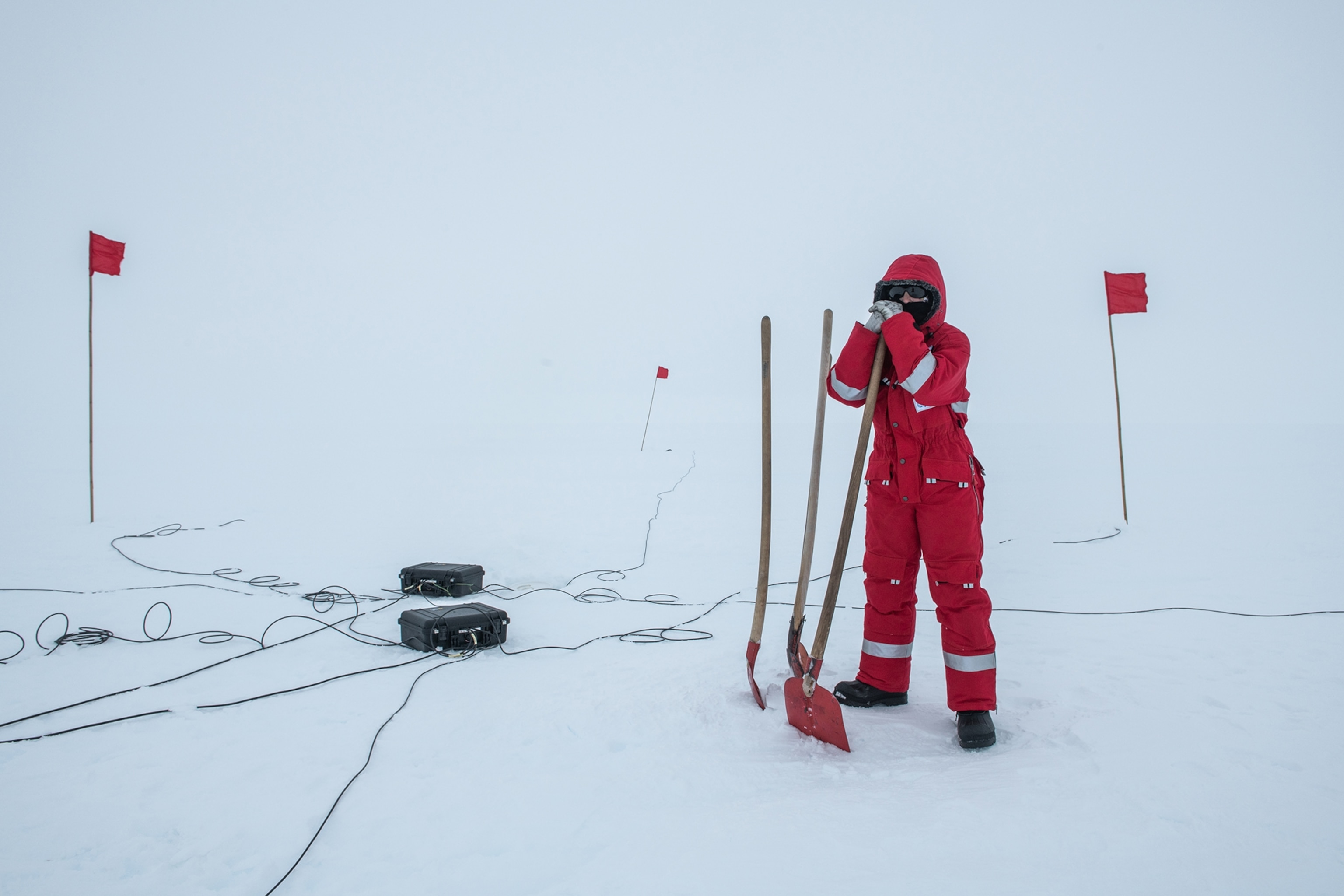
“Scientists and astronauts say one of the things they miss the most is the fresh vegetables and fresh salads,” Horvath says.
Because of its position on an ice shelf, Neumayer Station moves every day about 40 centimeters, inching closer to the ocean. And due to the harsh environment, the base will eventually be shut down. In the meantime, researchers there will continue to measure sea ice, ozone changes, and atmospheric conditions—and of course, grow and eat salad in the name of space exploration.
